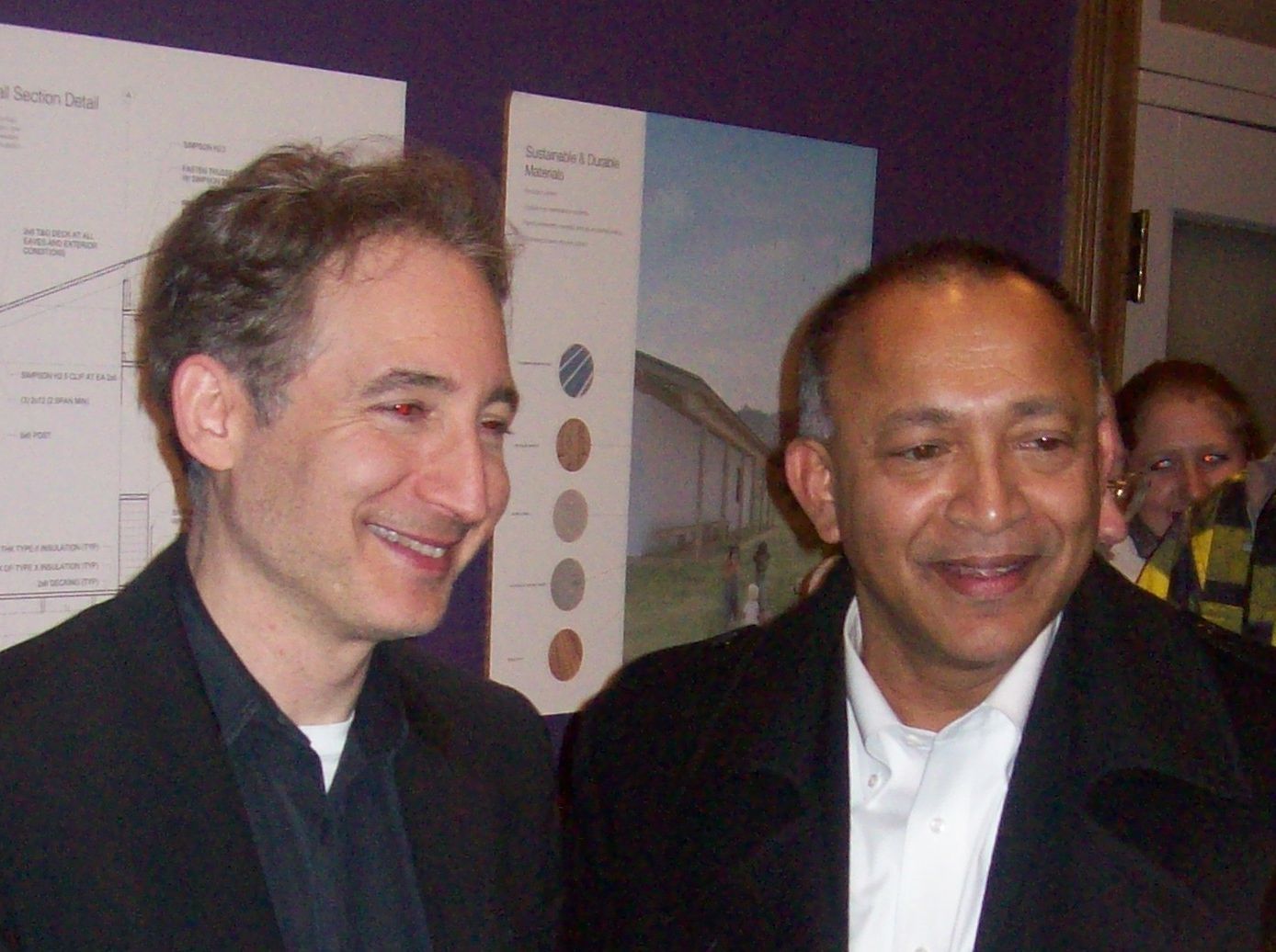It is a riddle and almost a scandal: If you let a particle travel fast through a landscape of randomly moving round troughs – like a frictionless ball sent through a set of circling, softly rounded “teacups” inserted into the floor (to be seated in for a ride at a country fair) – you will find that it loses speed on average.
This is perplexing because if you invert time before throwing in the ball, the same thing is bound to happen again – since we did not specify the direction of time beforehand in our frictionless fairy’s universe. So the effect depends only on the “hypothesis of molecular chaos” being fulfilled – lack of initial correlations – in Boltzmann’s 19th century parlance. Boltzmann was the first to wonder about this amazing fact – although he looked only at the opposite case of upwards-inverted cups, that is, repulsive particles.
The simplest example does away with fully 2-dimensional interaction. All you need is a light horizontal particle travelling back and forth in a frictionless 1-dimensional closed transparent tube, plus a single attractive, much heavier particle moving slowly up and down in a frictionless transversal 1-dimensional closed transparent tube of its own – towards and away from the middle of the horizontal tube while exerting a Newtonian attractive force on the light fast particle across the common plane. Then the energy-poor fast particle still gets statistically deprived of energy by the energy-rich heavy slow particle in a sort of “energetic capitalism.”
If now the mass of the heavy particle is allowed to go to infinity while its speed and the force exerted by it remain unchanged, we arrive at a periodically forced single-degree-of-freedom Hamiltonian oscillator in the horizontal tube. What could be simpler? But you again get “antidissipation” – a statistical taking-away of kinetic energy from the light fast particle by the heavy slow one.
Continue reading “The Riddle of Cryodynamics (A Call for Cooperation with Lifeboat and Singularity University)” »










